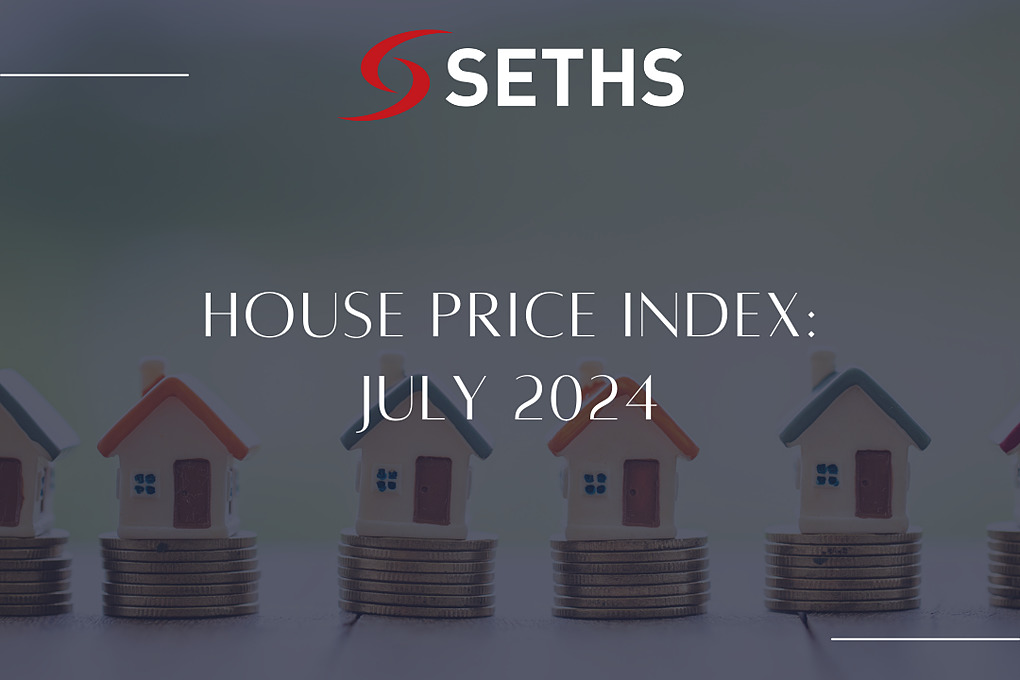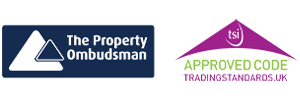House Price Index: July 2024

- Jul 31st 2024
The Zoopla House Price Index for July 2024 reveals key insights into the current state of the UK housing market. As the market continues to adjust to +4% mortgage rates, there is a notable increase in activity rather than a rapid growth in house prices. Over the past year, house prices have remained stable, but the first half of 2024 has seen a general increase across the UK. By the end of the year, house prices are projected to be up to 2% higher.
The supply of homes for sale has grown significantly, with a 16% increase compared to last year. On average, estate agents now have 33 homes available for sale. This increase in supply and choice is supporting sales growth while keeping price inflation in check. Buyers are also paying a greater proportion of the asking price, currently at 96.8%, with the most significant recovery seen in London and the South East. As of June 2024, the average house price in the UK stands at £265,600.
House prices have seen a modest rise, with a 0.1% inflation rate compared to last year. The average UK house price is expected to rise by 1.5% by the end of the year. In April 2024, the average house price for all property types was £264,800, with detached houses priced at £447,700, flats at £190,900, semi-detached houses at £270,300, and terraced houses at £233,300. By May 2024, the average price increased slightly to £265,400, with minor adjustments in the prices of detached houses, flats, and semi-detached houses. By June 2024, the average house price for all properties reached £265,600, with detached houses at £449,000, flats at £191,700, semi-detached houses at £271,200, and terraced houses at £234,300. Year-on-year, the average price for all properties increased by £310 (+0.1%), with detached houses seeing a decrease of £2,750 (-0.6%), flats decreasing by £1,370 (-0.7%), and semi-detached and terraced houses increasing by £1,910 (+0.7%) and £1,710 (+0.7%) respectively.
Despite the adjustment to higher mortgage rates, the housing market is experiencing increased activity. More homes are being listed for sale, and more sales are being agreed upon. Buyers are paying a greater percentage of the asking price, indicating improved confidence in the market.
Regional variations in house prices are significant. Over the past year, UK house prices have edged 0.1% higher, with annual price inflation ranging from -1.2% in the East of England to +3.9% in Northern Ireland. It is expected that house prices will continue to increase slowly in the second half of 2024, potentially reaching an annual inflation rate of +2% by the end of the year. Modest price rises are motivating sellers to list their homes, but a return to faster house price inflation could hinder affordability.
One in ten homes for sale were previously rented, influenced by tax changes, higher mortgage rates, and increased regulation. However, not all these homes are leaving the rental market; 40% remain as rentals, either bought by new landlords or retained by current landlords who decide not to sell.
Looking ahead, modest growth in house prices is expected to continue throughout 2024, particularly outside southern England where affordability constraints are less severe. The market remains on track for 1.1 million sales in 2024, which is 10% below the 20-year average. The timing of the first base rate cut will be crucial, as it will boost consumer confidence and market activity rather than significantly lowering mortgage rates. Economic growth and increased home building are positive for homebuyers and renters, but affordability and access remain challenges for many lower-income households.
In conclusion, the UK housing market is undergoing a period of adjustment with steady price growth and increased activity. Buyers are gaining confidence, and the market is becoming more balanced, with greater supply and choice helping to keep price inflation in check.








